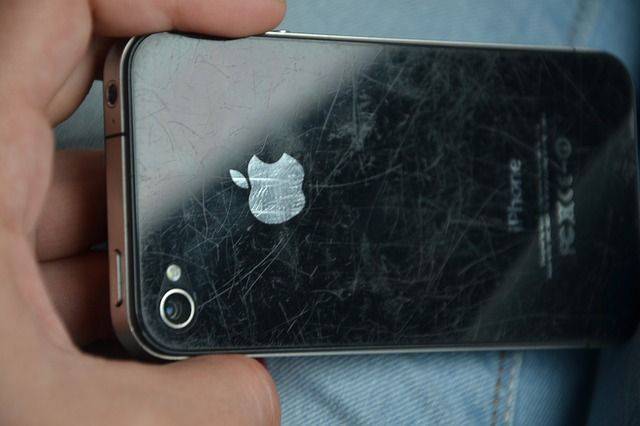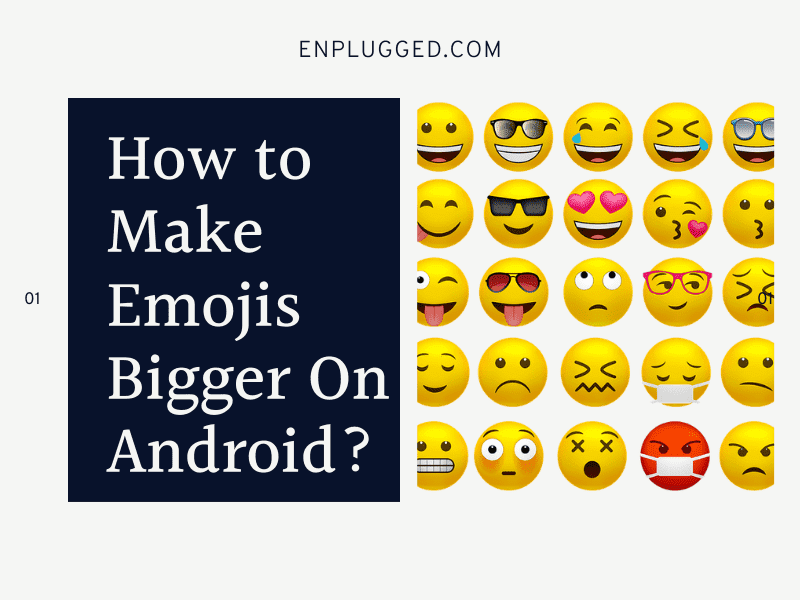It is very disappointing when a scratch goes over the mobile screen because a single scratch can completely lose the original quality and the visual of the device. Still, there is no way to repair a cracked or scratched phone glass without a complete replacement.
That is why screen protectors are very popular among mobile phone users. A screen protector can always protect your screen from scratches and cracks, but will a screen protector hide scratches? That is what we gonna discuss in this article.
Does a screen protector hide scratches?
In general, the screen protectors are made colorless. So they are not able to hide the scratches. But depending on the deepness of the scratch, a screen protector can reduce the visibility of the scratch. So normally, I have to say that the screen protectors are not gonna work in hiding the cracks and scratches.
But still, there are some simple tricks that you could use to get rid of the scratches. I will discuss them later in this article.
Will a matte screen protector hide cracks and scratches?
Because they are matte, they have a pretty good chance of hiding small scratches. But you cannot guarantee that it will hide them all.
But when comparing with the other types of protectors, I recommend trying a matte one. If it works, then come back and leave a thanks note to me.
If the scratches are really light, since the matte protection does diffuse light a bit, it will disguise some of it. Welcome. It will tend to disguise it a little, but for the scratches to be totally invisible, the protector would have to be coated with a layer of adhesive with the same refractive index as the glass.
Can a liquid screen protector remove scratches?
The liquid screen protector does not eliminate any existing scratches on the original screen. However, after you put the liquid on the screen, it preserves your original screen from damage.
Furthermore, the liquid screen protector helps to protect your device from impact. In some aspects, it helps to prevent scratches, but it does not heal previous scratches on your device’s screen. You need to know how to easily remove the liquid screen protector.
How to remove scratches from a glass phone screen?
Is there any way to get rid of scratches without replacing the glass? Yes, there are many tricks that you can try applying on your screen. But the negative side of those tricks is that you cannot guarantee the results. But still, you can try. So what are those tricks? Let’s take a look.
- Magic Erasers.
Magic Erasers, such as those sold by Mr. Clean, are the ideal size for maneuvering around your phone to remove minor scratches. However, the appearance of a magic eraser can be deceiving. They’re abrasive and work similarly to wet sandpaper, so proceed with caution as with the last procedure.
- Toothpaste.
Apply a glob of toothpaste to the scratched region of the spectacles and gently rub it in with a cotton ball or rag in delicate circular motions. Continue rubbing in small circular motions for a few seconds to watch the scratches disappear. Now, rinse the glasses in cold water and pat them dry with a clean cloth.
Toothpaste appears to be a magic cure that is too wonderful to be true because it is inexpensive and widely available. That is because it is.
According to most testing, using toothpaste results in a squeaky clean but nonetheless scratched screen. Unless you’re trying to buff scratches out of a plastic screen protector or case, in which case you may have some luck.
Why does toothpaste remove scratches?
Non-abrasive toothpaste nonetheless contains a little quantity of an abrasive component to be helpful in cleaning the teeth. In order to remove scratches and level the glass surface, this abrasive component gently removes a tiny layer of plastic from the glass.
- Sodium bicarbonate. [Baking soda]
Baking Soda Removes Glass Scratches In a mixing basin, combine equal parts baking soda and water and whisk until a pudding-like mixture forms. Rub the paste into the scrape in a circular motion with a microfiber cloth. Using a clean towel and lukewarm water, remove the baking soda residue.
It will remove scratches from plastic covers and screen protectors, but not from glass. According to the Internet, you should make the baking soda combination and then gently massage it on the screen in a circular manner.
After that, you may find that your screen is shinier, but the scratches are likely to stay. Look elsewhere unless you have a plastic screen.
- Talcum powder or baby powder.
Because they are both talc-based products, they are practically the same. The distinction is due to the particular ingredients and the age range of the people who utilize them. These are available at any drugstore and can be used as a good substitute for baking soda.
- Talc for technical purposes.
This is typically used as a coating, but it can also be used to conceal scratches on your phone’s screen and is ideally suited for removing scratches from a phone screen protector.
- Oil from vegetables.
It’s also not a long-term solution. They are used for tiny scratches that can be readily concealed. Apply a small amount of oil to a cotton swab or lint-free cloth and gently rub over the area. Wipe away any oil residue with a dry cloth.
There are alternative solutions, such as combining egg white and aluminum sulfate to remove scratches from a phone screen, but the procedures for combining these components to get a Polish are time-consuming and labor-intensive.
It is strongly advised that other readily available solutions be considered. There is also the possibility of using vehicle scratch remover lotions; however, numerous reviews indicate that it may not be safe to use on phone screens due to the fact that phone screens are not built the same way as car screens.
What shouldn’t you do to remove the scratches on your phone?
You must never use sandpaper or other similar hard substances on the phone glass because they may lead to unrecoverable damages.
Also, you have to be careful when using liquids on the glass. Some acidic liquids can damage the paint on the side and the back of the phone. So you have to carefully select those liquids.
What can you do to prevent your phone from getting scratched?
Now you know how to remove scratches, but here is how you can prevent the phone screen from getting scratched.
- Use a screen protector.
The first and the best thing you can do is use a screen protector or tempered glass. When it is applied to your screen, you will have no worries.
It will also protect the phone from sudden shocks and hard accidental damages.
- Use a back cover.
Using a back cover for your mobile gives you a lot of advantages. It will never let sudden shocks crack your phone. And also, it will protect the backside of your phone from being damaged by contacting rough surfaces.
Some related FQAs.
Can you put a screen protector over scratches?
Yes, you can. But sometimes it will not fit the screen at its best. Some air bubbles can remain under the protector.
Is a matte screen protector better?
If you spend a lot of time using your cellphone outside, a matte screen protector is a way to go.
If you spend most of your time inside and want the most accurate color and brightness rendering, stick with a glossy protector, which will most precisely reproduce what your screen looks like without a covering.
Does tempered glass scratch easily?
While tempered glass tables withstand scratches better than certain other varieties of glass, they’re not scratch resistant.
Tempered glass, which is more robust than regular glass, can still break, chip, or shatter, but it’s generally less likely to do so.





![[Fixed] Samsung Experience Service Keeps Stopping; How to Fix? 6 samsung expeience service 1](https://enplugged.com/oossoagh/2022/05/samsung-expeience-service-1.png)
